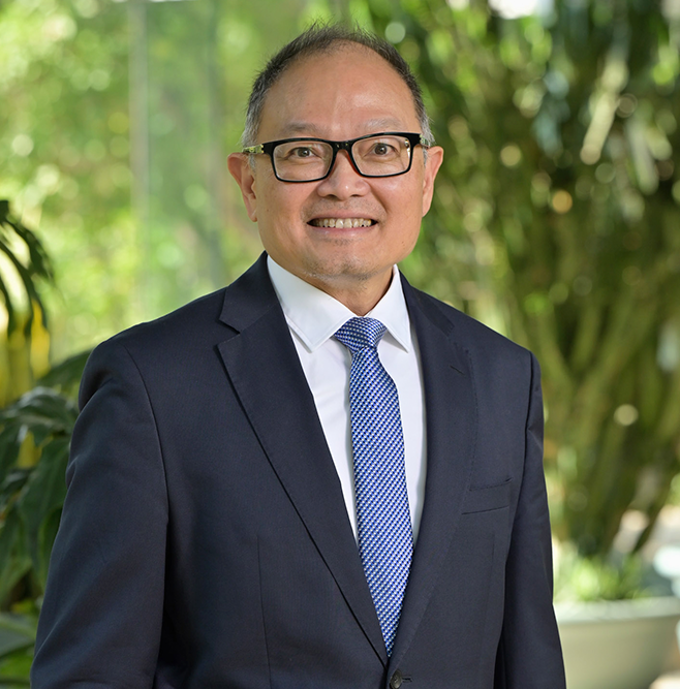Reptation through Free Volume Redistribution

Overview: It is well-known in the polymer literature that the Rouse model and the reptation theory developed by Nobel Laureate Pierrie de Gennes are used to describe the dynamics of linear macromolecules below and above their crossover molecular weight (Mc), respectively. In the Rouse model, a linear macromolecule is represented by a Gaussian chain that consists of a series of beads connected by harmonic springs. Each bead behaves like a Brownian particle following the Langevin dynamics and the Gaussian chain wriggles in a continuous medium with no topological constraint. In the reptation theory, the wriggling motion of the Rouse chain is confined in a hypothetical tube formed by entanglements. The tube makes the Rouse chain with molecular weight above Mc exhibit much stronger molecular weight dependence of diffusivity and viscosity than that below. It is worth noting that entanglement is never defined quantitatively in the reptation theory and that its effect is mimicked by using the hypothetical tube that cannot be derived from first principle. The so-called entanglement chain length for a polymer is essentially inferred from its plateau modulus.
The concept of free volume was first introduced by Batchinski in 1910s to describe the translational motion of small molecules. In 1920s, Vogel and Fulcher developed a quantitative relationship between free volume and the two aforementioned dynamic properties. In 1950s, Doolittle further refined the equation; Cohen and Turnbull demonstrated that the free volume size distribution follows an exponential distribution. In late 1950s, Williams, Landel and Ferry used the concept of free volume to explain the glass transition phenomenon of polymers. However, not much work has been done on furthering the free volume theory to macromolecules over the past half century. This is simply because the reptation theory had become very popular in 1970s.
The essence of the free volume theory is that the translational motion of molecules requires empty space (free volume) in between them. Free volume is generally defined as the volume in a liquid that is not occupied by the molecules. The more the free volume, the higher the diffusivity and the lower the viscosity. The amount of free volume of a liquid can be determined by the generic van der Waals equation of state.
In this seminar, I will discuss our efforts over the past decade in developing a free volume theory for macromolecules. The theory is able to predict the diffusivity and viscosity of polymers below and above Mc. In other words, polymer dynamics, regardless of the molecular weights of the macromolecules, can be portrayed by one single mechanism (i.e., free volume redistribution) rather than two mechanisms as described in the Rouse model and reptation theory, respectively. One advantage of our theory is that it is not limited to only linear macromolecules. In fact, it can be applied easily to any structure of interest (e.g., ring polymers).
More recently, we have developed a strategy to use the free volume theory and the mode-coupling theory to estimate the viscosity of glass-forming liquids at temperatures close to their glass transition temperatures as well as plateau modulus.
All are welcome and invited to attend!!
Bio: Phillip Choi is currently the Dean and Professor of Engineering at the University of Regina. He was a Professor in the Department of Chemical and Materials Engineering at the University of Alberta until 2022. He is a registered professional engineer in both Saskatchewan and Alberta and a Federal Court approved Expert Witness in Polymer Science and Engineering. He has been elected as a Fellow of the Chemical Institute of Canada and Engineering Institute of Canada. He received his BASc in Chemical Engineering from the University of British Columbia and his MASc and PhD, both in Chemical Engineering, from the University of Waterloo.
Questions: raman.paranjape@uregina.ca